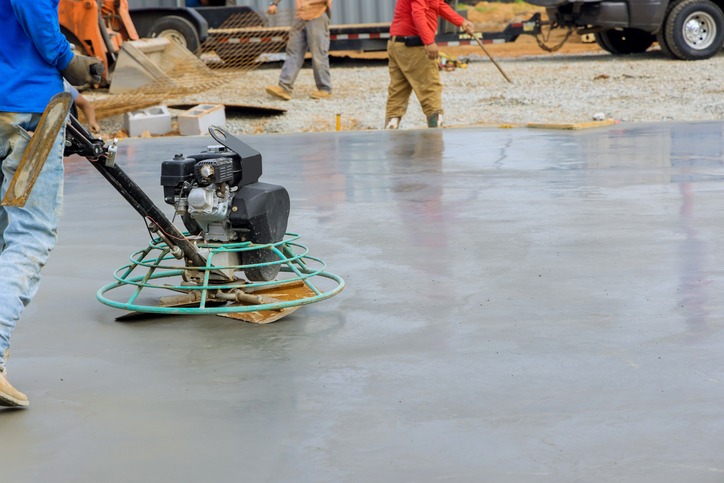Concrete is one of the most widely used construction materials. It is used for everything from civil engineering projects, like bridges, to driveways and home foundations. Despite being all around us, a lot of people confuse concrete with cement. The two terms are often used interchangeably. Check out the benefits of the highly recommend cement board stucco system for homes.
Essentially, cement is one of the ingredients used to make concrete. We can think of cement as the glue that binds all components used to make concrete, like aggregate and sand.
Without cement, concrete would be a useless sludge. It is, therefore, an integral component and is used throughout the construction industry. Since concrete would not be what it is without cement, it’s understandable why the confusion exists.
In this article, we’ll be examining the differences between concrete and cement.
What is Cement?
Cement is primarily a binding agent that is used to make concrete. It is also used to make mortar for brickwork and can be used on its own to repair concrete or as grout.
Cement has been used in construction since the time of the ancient Egyptians. However, modern Portland cement is vastly different from the gypsum cement used in ancient times. It was the invention of modern cement that made concrete possible.
The cement that we use today was invented sometime in the early 19th century, the exact date is unknown. An enterprising British stonemason, Joseph Aspdin, ground limestone and clay into a fine powder and then heated it on his kitchen stove. When mixed with water hydraulic cement was created capable of binding rock and sand.
Aspdin named his invention Portland cement as it bore a strong resemblance to stone quarried from the Isle of Portland. He obtained a patent for his innovative product in 1824. So began a revolution in the construction industry.
Since its early conception, Portland cement has been refined and strengthened using a more comprehensive range of materials. Modern cement is made from a combination of calcium, silica, aluminum, and iron.
What is Concrete?
Concrete is an extremely durable and versatile construction material made from sand, aggregate, cement, and water. The ratio of these ingredients will vary depending on the application. For general purposes, the ratio is usually 1 part cement, 2 parts aggregate, and 4 parts sand – based on weight.
A concrete mixture is poured usually or pumped into formwork to construct any type of shape. For added strength and flexibility, steel reinforcement can be used. Other additives can be used to improve strength, durability, and waterproofing abilities.
There are many types of concrete used for various applications:
Normal Strength Concrete is made using the 1:2:4 cement, aggregate, and sand ratio and is used for pavements and buildings that don’t require high tensile strength.
Reinforced Concrete utilizes steel rods or wire, commonly known as rebar, to improve tensile strength. Some concrete companies also supply concrete that is reinforced with fibre. This makes construction easier and less expensive. Fibre is added to the concrete, eliminating the need for costly and labour-intensive steel reinforcement.
Prestressed Concrete is made using metal reinforcement. When the concrete is poured, it is compressed to create stress, thereby improving tensile strength.
Precast Concrete blocks, walls, staircases, and poles are manufactured and then transported to the site as a complete unit.
Lightweight Concrete uses low-density, or lightweight, aggregates. It is used for long-span bridge decking and building blocks.
High-Density Concrete is used for specialized applications, like nuclear power stations.
Air-Entrained Concrete has small air cells, allowing water to expand and contract as it freezes. This relieves internal pressure.
Ready-Mix Concrete is prepared by concrete companies and then mixed as it is transported, using cement trucks.
Rapid-Set Concrete sets quickly and is extremely resilient to low temperatures, making it ideal for use in cold climates.
Three Main Differences Between Concrete and Cement
While cement is used to make concrete, it can also be used for other purposes. The differences between cement and concrete determine how they are used.
Durability
Concrete is extremely durable and can last for a hundred years. Cement does not last very long if it is not combined with sand and aggregate.
Crack Resistance
Cement cracks easily whereas concrete does not. The tensile strength of concrete can be improved by using steel reinforcement or adding fibre.
Applications
Concrete is used is for multiple applications, like floor slabs, foundations, walls, pavements, driveways, dam walls, high-rise buildings, and many more. Cement has very limited applications and is primarily used for grout and repairing small cracks in concrete.

